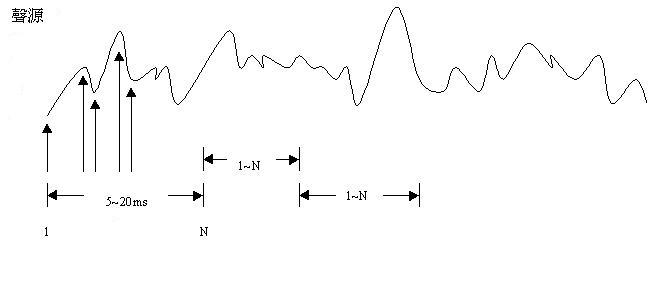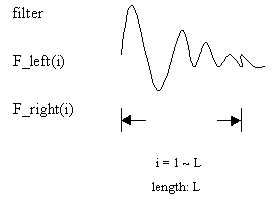









Fourier Transform, Discrete Fourier Transform: Introduction
eit = cos(t) + i sin(t)
TheoryContinuous
For a continuous function of one variable f(t), the Fourier Transform F(f) will be defined as:

and the inverse transform as

where j is the square root of -1 and e denotes the natural exponent
Discrete
Consider a complex series x(k) with N samples of the form
where x is a complex number
Further, assume that that the series outside the range 0, N-1 is extended N-periodic, that is, xk = xk+N for all k. The FT of this series will be denoted X(k), it will also have N samples. The forward transform will be defined as

The inverse transform will be defined as

Convolution: Convolution in time domain equals multiplication in frequency domain.
The behavior of a linear, time-invariant discrete-time system with input signalx[n] and output signal y[n] is described by the convolution sum
For longer sequences, convolution may pose a problem of processing time; it is often preferred to perform the operation in the frequency domain: if X, Y and Z are the Fourier transforms of x, y and z, respectively, then:
![]()
Normally one uses a fast Fourier transform (FFT), so that the transformation becomes
![]()
For the FFT, sequences x and y are padded with zeros to a length of a power of 2 of at least M + N - 1 samples.
DEMO: http://www.srslabs.com/Demonstrations.asp



